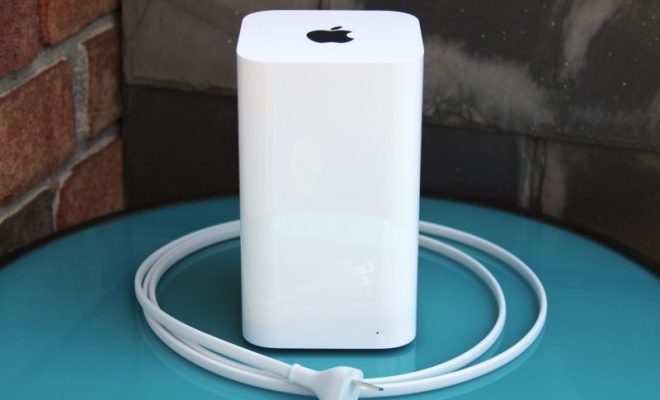How to Create a Spotify Iceberg and Explore Your Music Tastes

If you’re a music lover who has been using Spotify for a while, you might be looking for new ways to understand your music tastes and discover new artists. One great method is by creating a Spotify iceberg. This technique allows you to visualize the connections between the music you listen to, giving you a better understanding of your preferences and helping to find new music that you’ll love.
Here’s how to create your own Spotify iceberg and explore your music tastes.
Step 1: Collect your data
The first step is to collect your listening data. Spotify has a handy tool called the “Data Export” function that allows you to download a .csv file containing your entire listening history. You can find this tool by following these steps:
1. Log into your account
2. Go to your account settings
3. Scroll down to “Privacy settings”
4. Click on “Request”
5. Wait for Spotify to send you a download link via email
Once you have your data file, you can move on to the next step.
Step 2: Filter and organize your data
Your data file may be quite large, so it’s a great idea to filter and organize it to make it more manageable. You can delete any columns that you don’t need and create new ones that might be helpful. For instance, you could add a column for different genres, or create a playlist of your favourite songs.
Step 3: Create the iceberg
Now comes the fun part! In order to create your Spotify iceberg, you’ll need to use some data visualization software. One popular option is Tableau, a program that lets you create interactive charts and graphs. There are also some third-party tools available online that are specifically designed for creating Spotify icebergs.
Once you have your software installed, you can begin creating your visualization. Start by importing your data file and selecting the variables you want to use. You’ll want to choose variables that allow you to show the relationships between your music, such as artist name, album title, or genre.
Once you’ve selected your variables, you can start playing around with different types of graphs and charts. Some popular options for Spotify icebergs include heat maps, network graphs, and bubble charts. You can customize the colours, size, and labels to make the iceberg more visually appealing and easier to understand.
Step 4: Explore your music tastes
Once you’ve created your Spotify iceberg, you can explore your music tastes in a whole new way. Look for patterns and connections that you hadn’t noticed before. Maybe you’ll find that you listen to a lot of artists from a certain era, or that you have a particular affinity for a certain subgenre.
With your newfound knowledge of your music tastes, you can start branching out and discovering new artists and genres that you might not have considered before. You can also use your iceberg to create new playlists or curate your current ones.




